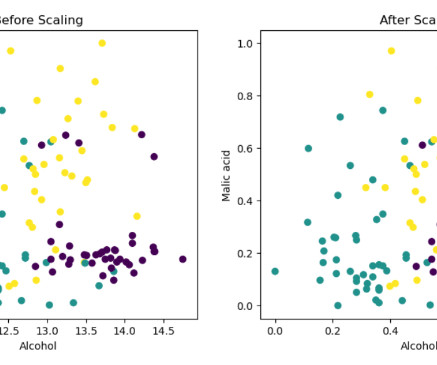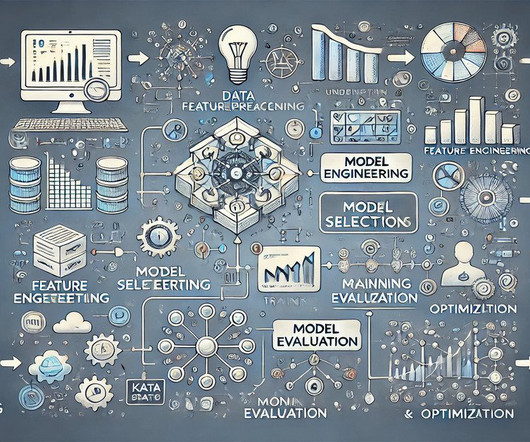Feature scaling: A way to elevate data potential
Data Science Dojo
FEBRUARY 14, 2024
Normalization A feature scaling technique is often applied as part of data preparation for machine learning.

Data Science Dojo
FEBRUARY 14, 2024
Normalization A feature scaling technique is often applied as part of data preparation for machine learning.

Towards AI
JULY 19, 2023
Check out the previous post to get a primer on the terms used) Outline Dealing with Class Imbalance Choosing a Machine Learning model Measures of Performance Data Preparation Stratified k-fold Cross-Validation Model Building Consolidating Results 1. among supervised models and k-nearest neighbors, DBSCAN, etc.,
This site is protected by reCAPTCHA and the Google Privacy Policy and Terms of Service apply.

PyImageSearch
SEPTEMBER 16, 2024
Supervised Learning These methods require labeled data to train the model. The model learns to distinguish between normal and abnormal data points. For example, in fraud detection, SVM (support vector machine) can classify transactions as fraudulent or non-fraudulent based on historically labeled data.

Pickl AI
NOVEMBER 18, 2024
Key Takeaways Machine Learning Models are vital for modern technology applications. Key steps involve problem definition, data preparation, and algorithm selection. Data quality significantly impacts model performance. Ethical considerations are crucial in developing fair Machine Learning solutions.

Dataconomy
MARCH 28, 2025
Specific types of machine learning algorithms Among the several algorithms available, some notable types include: Support vector machine (SVM): Ideal for binary classification tasks. K-nearest neighbors (KNN): Classifies based on proximity to other data points.
Let's personalize your content